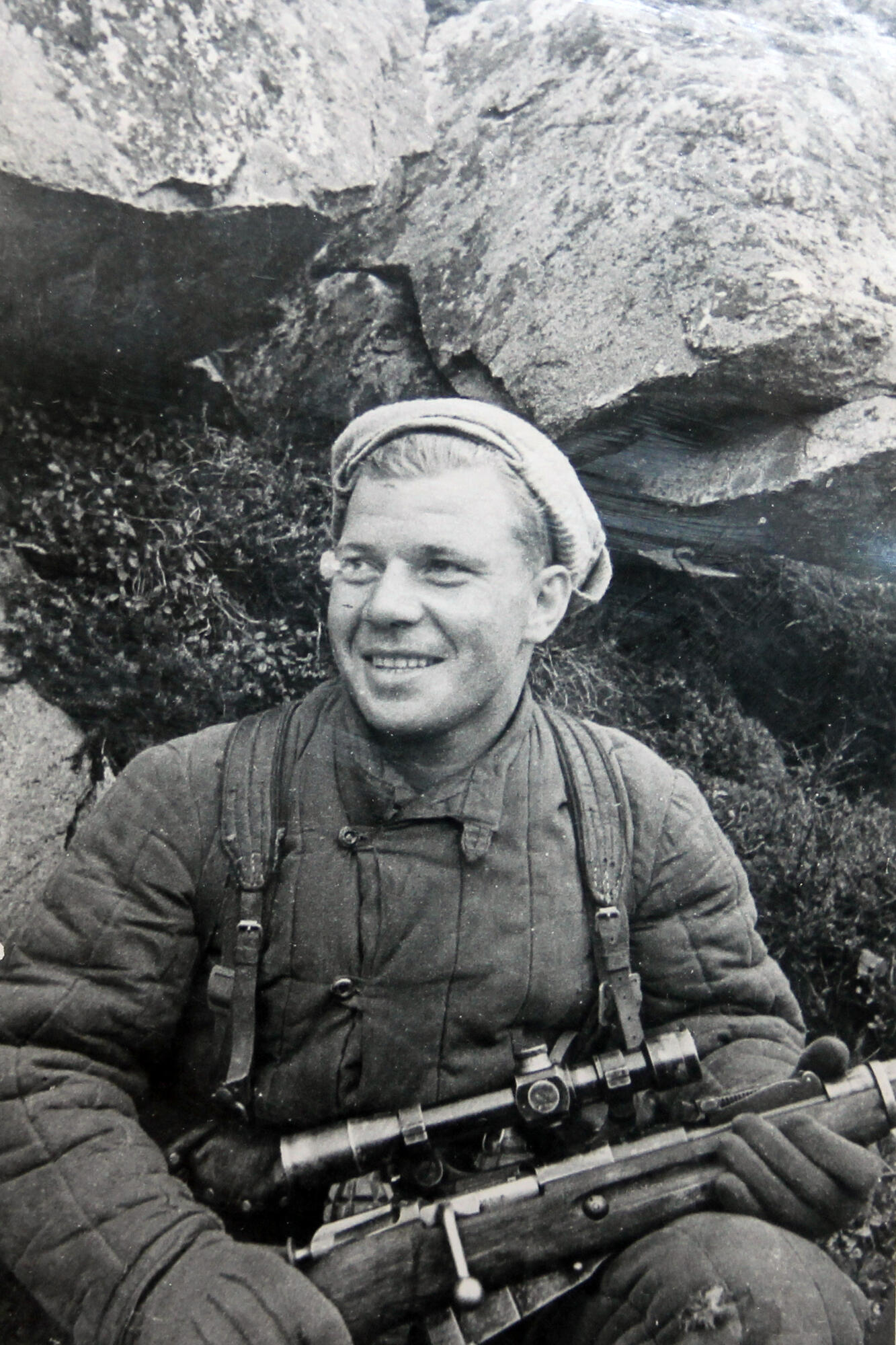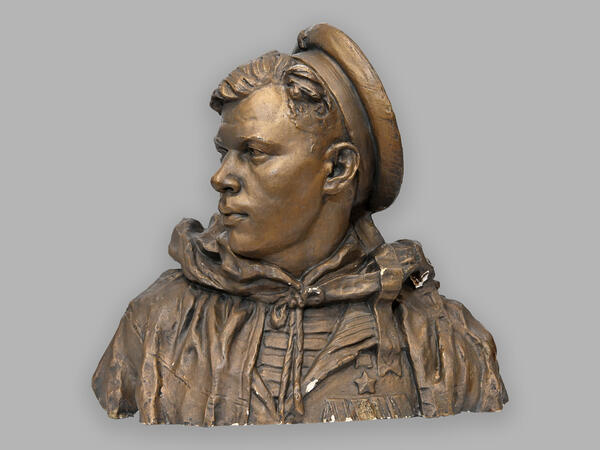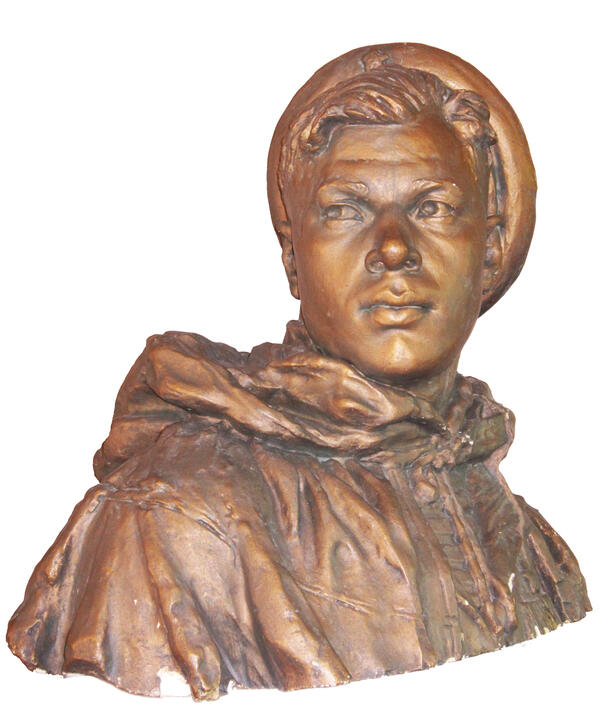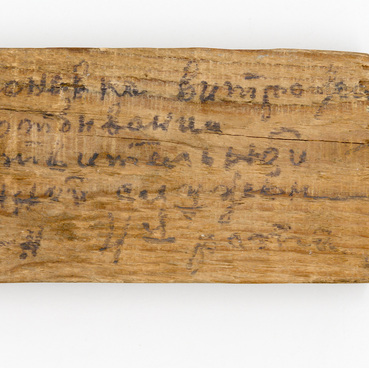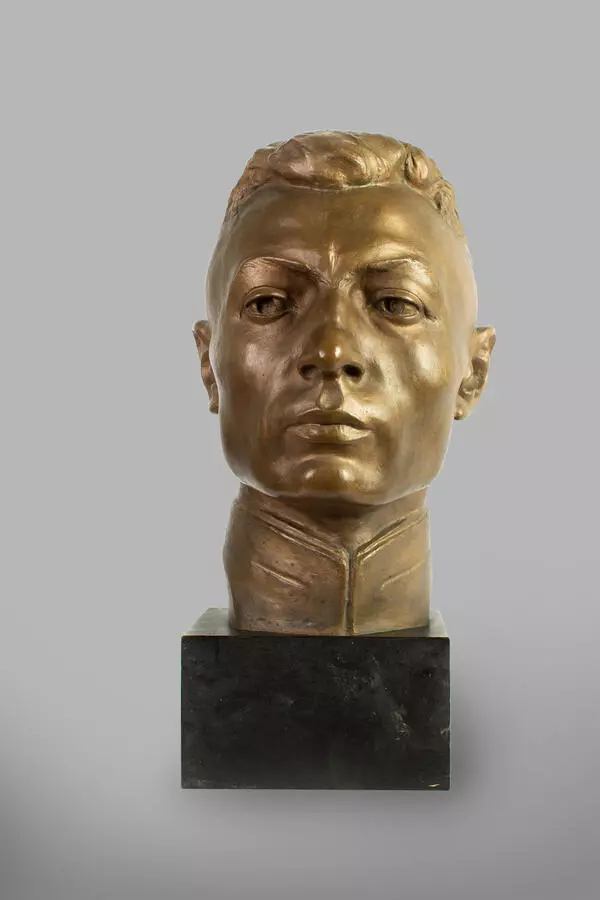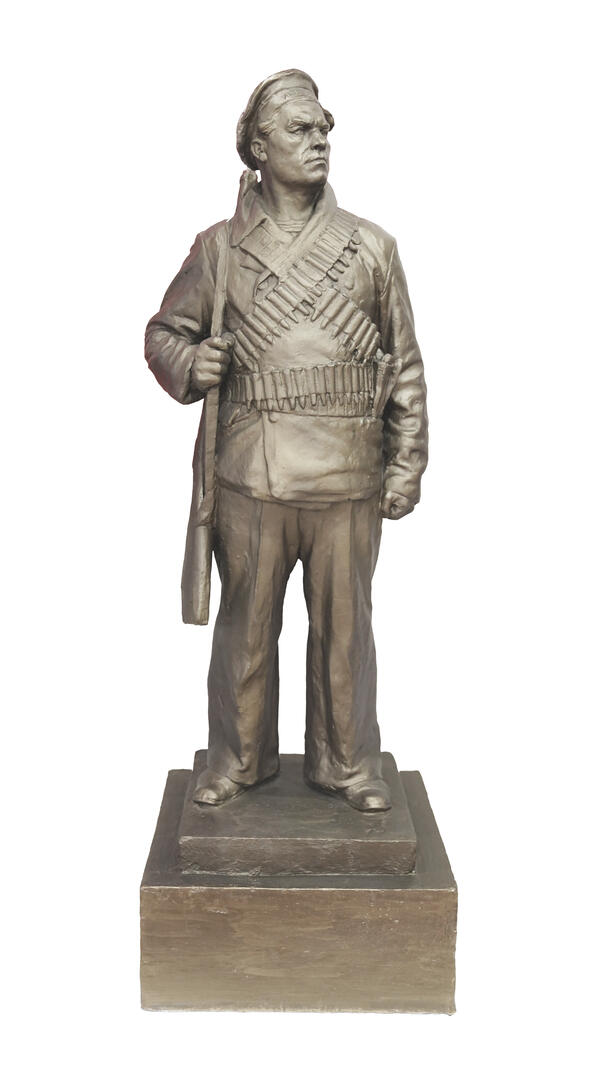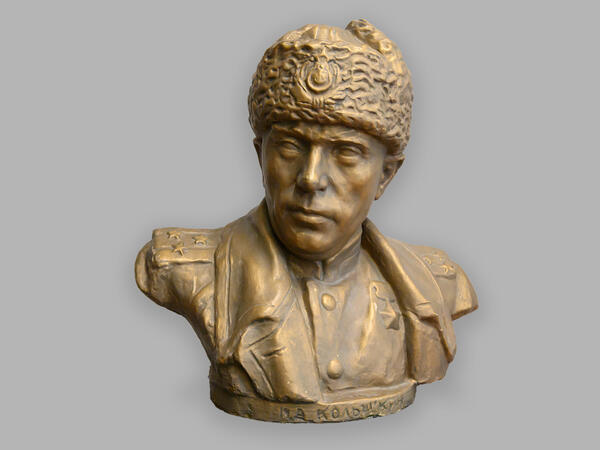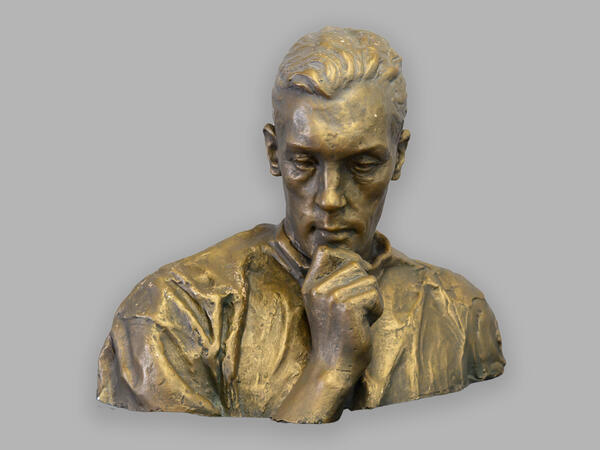The Polyarny Museum of History and Local Lore presents a sculptural portrait of Semyon Mikhailovich Agafonov — a Hero of the Soviet Union.
Semyon Agafonov was born on the western shore of the White Sea in the village of Pushlakhta, Arkhangelsk region. After graduating from school, he worked on a collective farm and logging sites. In 1939, Agafonov was drafted into the Northern Fleet. He met the Great Patriotic War as a sailor on the submarine “ShCh-401”, and then, at the end of 1941, he was enlisted as a volunteer in the Marine Corps detachment.
Agafonov took part in 50 campaigns and landings behind enemy lines. On September 18–19, 1942, during the capture of the Mogilny stronghold on the coast in the Motovsky Bay he managed to capture two enemy machine guns. He remained to cover the retreat of the landing group from several times superior enemy forces. After a grueling battle, he managed to break through to the coast and was evacuated by boat. He was awarded the Order of the Red Banner for his display of bravery and heroism in this battle.
During the Petsamo-Kirkenes offensive, a group of naval scouts led by Viktor Leonov landed on the coast of the Pechenga Bay and, reaching Cape Krestovy, on the night of October 12, 1944, attacked enemy batteries covering the entrance to the bay. Semyon Agafonov, together with the infantrymen, was the first to break into the battery, where he seized the gun and opened fire on the enemy.
By the decree of the Presidium of the Supreme Soviet of the USSR dated November 5, 1944, for courage and heroism shown in the battles with the Nazi invaders, the foreman of the 1st article Semyon Agafonov was awarded the title Hero of the Soviet Union with the award of the Order of Lenin and the Gold Star medal. After the defeat of the fascists, Agafonov was sent to the Far East, where he also showed himself as an excellent soldier. In August 1945, as part of the 140th separate special purpose reconnaissance squadron of the Pacific Fleet, he liberated North Korea.
In 1948, Agafonov was demobilized and subsequently lived in Yevpatoria, Crimea, where in 1950 he took part as a consultant in the filming of a documentary about marine paratroopers. In 1951, he was called up for the second time to the Soviet Navy and served on long-term service until 1953. Before retiring, he worked as a fitter at the Vympel factory.
